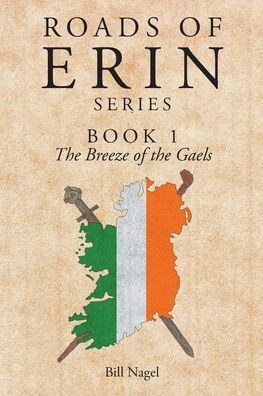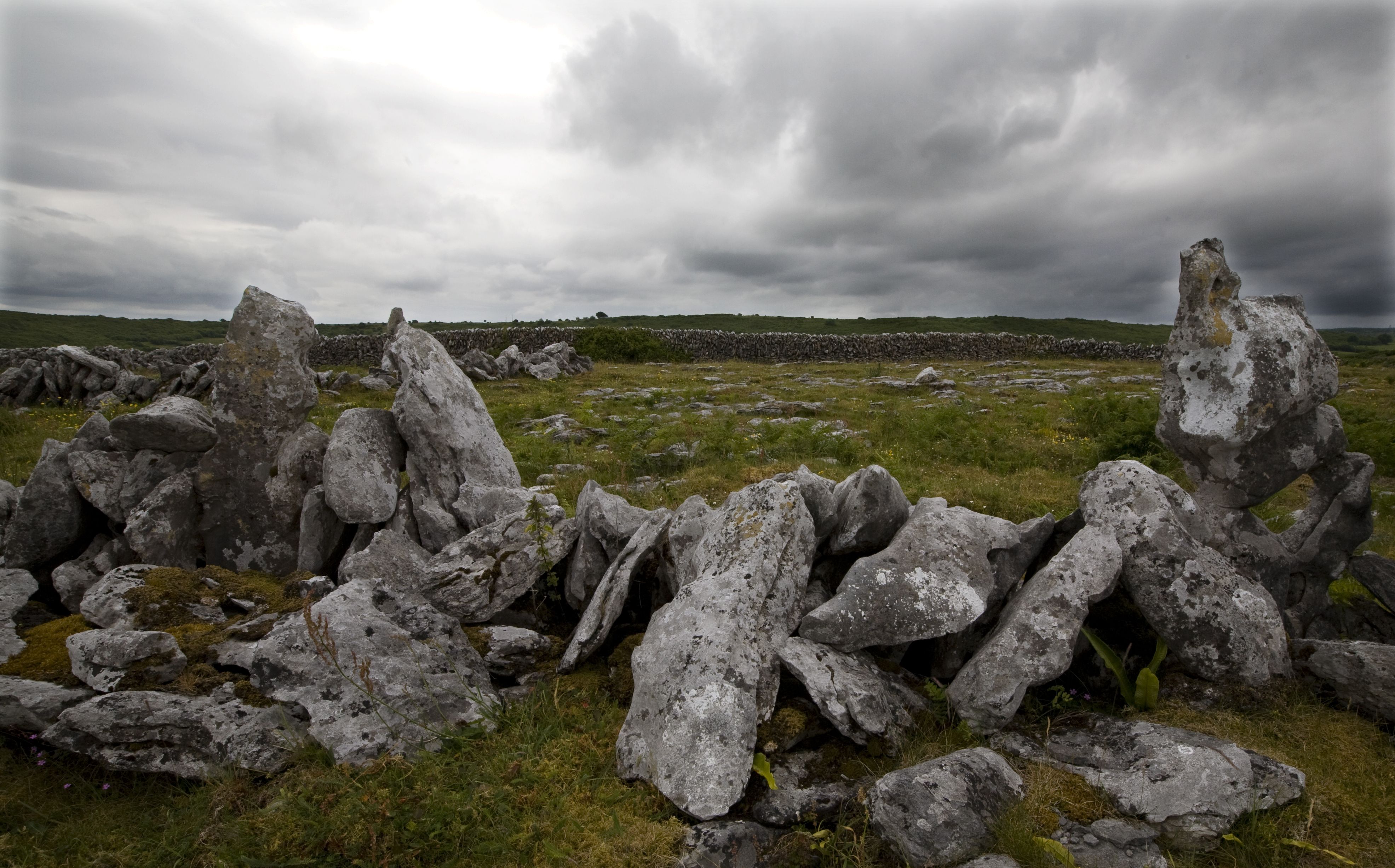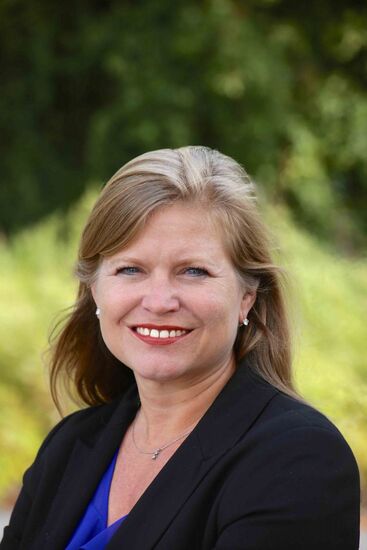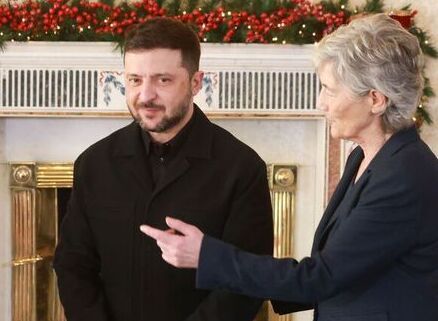I recall the day my journey to become an author began, even though I didn’t know it yet. My wife and I were laying around watching Taylor Sheridan’s “1883,” and I couldn’t help but wonder why and how in the world a group of German immigrants were in Texas during that time. I decided the following day to buy two books. One was on German immigration since I’m a few slivers German and was interested in why my ancestors would have migrated their way to America. The other book was about Irish immigration. Most of my ancestors were Irish, and my grandmother who lived with us when I grew up was an O’Reilly, and she was as proud of our Irish heritage as anyone I knew. I’ve always felt proud of my Irish descent because of her. So, in that spirit, I picked up the Irish immigration book first, “Emigrants and Exiles,” by Kerby A. Miller.
The book started off in the 12th century and discussed the first Anglo-Norman invasion by the second paragraph of chapter one. “English conquest began somewhat inadvertently in 1166” is how Miller described it. I continued reading but those initial few paragraphs stuck with me. I researched further about 1166 and was introduced to the characters of that time, High King Rory O’Connor, Dermott MacMurrough, Tiernan O’Rourke, and his wife Dervagalia. I was fascinated by the story, and how much it sounded like “Game of Thrones” to be honest.

I searched all over the internet for more backstory about 12th century Ireland and stumbled onto Fin Dwyer’s Irish History Podcast. On my daily walks Fin brought medieval Ireland alive for me. I learned about the nuanced relationship Ireland had with Christianity starting from the times of Saint Patrick and throughout the rest of medieval history. I learned about the centuries of entanglements with the Norse Vikings. The raids, the brutality and again the nuanced relationship they had with Ireland. In the end, it was the Norse Vikings that built Ireland’s first city, Dublin, which meant “Dark Pool” in their native tongue. Then when I listened to Fin Dwyer’s Norman Invasion series on his podcast, I knew there was a story within this story to be told, and I was going to try to tell it. I would name it “The Breeze of the Gaels.”
I needed to find a way to tell the story. How did the Irish live back then? How would they get around? Why would they go places and where would that be? Answering those initial questions took me down a medieval Irish rabbit hole for a few years. What I learned just hooked me further. In many parts of the country, the Irish were living in 1166 very similarly to how they’d been living for thousands of years, in accordance with an ancient set of Brehon Laws. I learned how much of an effect it had on how Ireland developed compared to the rest of Europe based on the fact they were never controlled by the Roman Empire.
The way the Gaelic Irish travelled in 1166 were via the five ancient roads of Ireland. As opposed to most of Europe’s “Roman roads” at the time, the five ancient roads of Ireland were a set of cow paths, beaten down by millennia of hooves and feet. Ireland had a landscape that forced every creature on the island to take the same paths over top of bogs, through forests, around rivers, lakes, and mountains. Travel was hard. Horses weren’t plentiful. People were sparse, and when they travelled it was for important festivals based around their Gaelic seasonal calendar like the Imbolc, Beltane, Lughnasa, and Samhain.
“The Breeze of the Gaels” is the first book of a series I have planned called "Roads of Erin." The series is aimed at telling a story, which is based on true events, from the perspective of kings, nobles, and peasants alike. Throughout “The Breeze of the Gaels” the story weaves in and out of many different narratives of Irish culture, mythology, and folklore. There is talk of the fairy folk and the assimilating of the Gaelic Irish into Christianity, and vice versa. There is a theme of how much the Irish love their land and how much they believed the magic of the land itself was always present and playing a role in their lives.
There are Tailteann Games with sword contests, horse races, and contests of memory prowess. The Gaels who administered the ancient Brehon Laws in 1166 needed almost superhuman memories to keep track of the complex set of laws and all the land’s holdings. Irish tradition had always been rooted in storytelling as opposed to the written word. There are narratives around famine, turf cutting, the wolves and brown bears that once existed in Ireland, the limestone covered Burren Mountains, Monasteries, and ringforts. The book looks at the culture of medieval warfare in Ireland. As well as the primitive communism that was needed for Gaels to survive in the desolate areas of the island. How they relied on the village as a whole, to produce enough from their leased land to live from, happily. How the Irish developed a culture of “failte” and how much they valued their cottage and kin.
"The Breeze of the Gaels" is a medieval story about power. But it’s lighthearted enough for memory challenging tongue twisters, fiddle and drum bands, festival toasts, roasts, and a whole chapter that subtly honors my favorite Irish folk song. Scenes in the book take place in Sean’s Bar, at the Rock of Dunamese, atop the Hill of Tara at the Lia Fail stone, and even from a pew in the thousand-year-old Christ Church Cathedral in Dublin.
“The Breeze of the Gaels," the first book, will follow both historically true and fictional characters all over Ireland trying to maintain peace and their Brehon Gaelic way of life. And as it should be, Ireland itself will also play a role in how its roads are paved for the future.
Bill Nagel lives in Eastlake, Ohio with his wife and four children. You can follow him on Facebook, Instagram, and X at @roadsoferin. A website on his book series, RoadsofErin.com, is upcoming.








